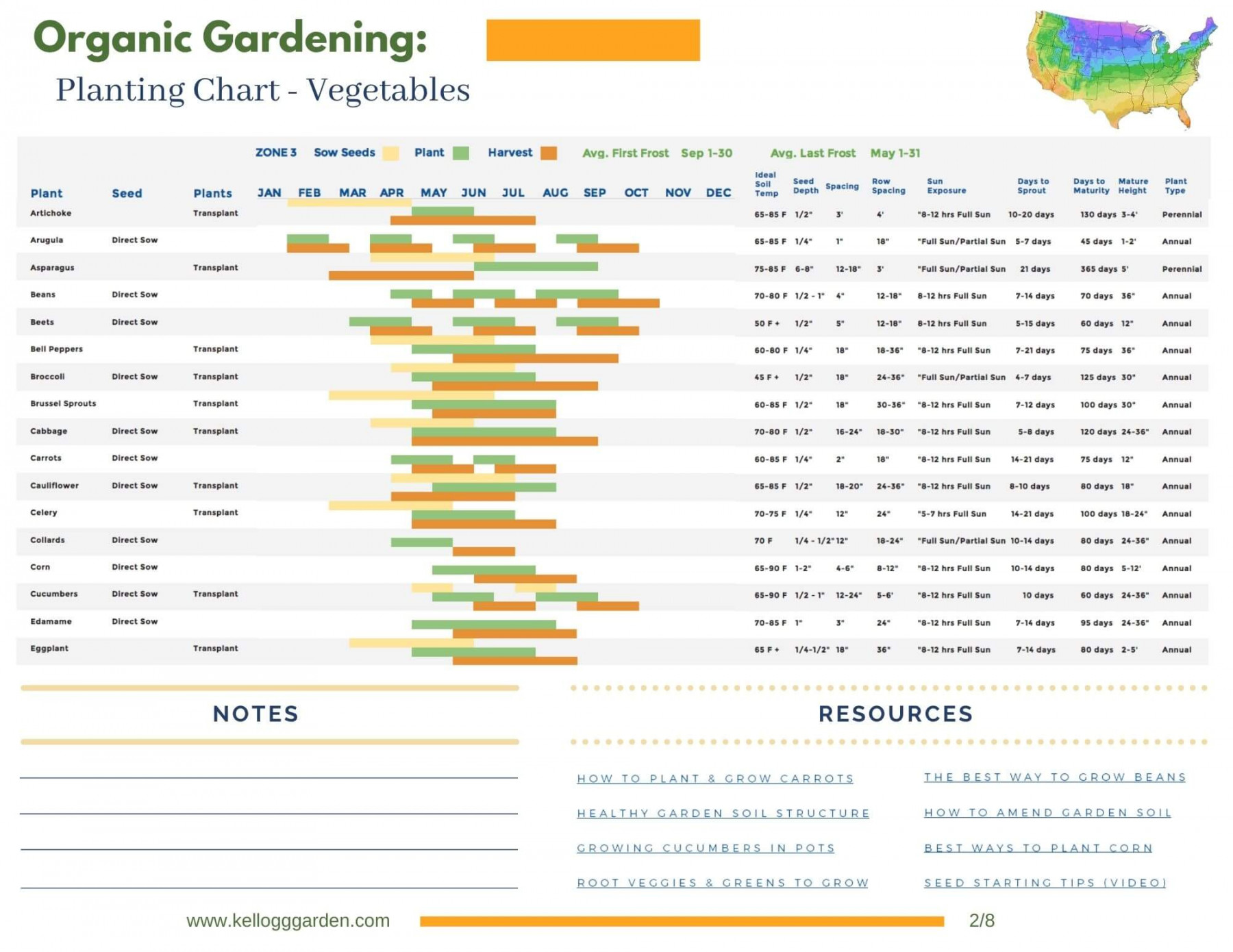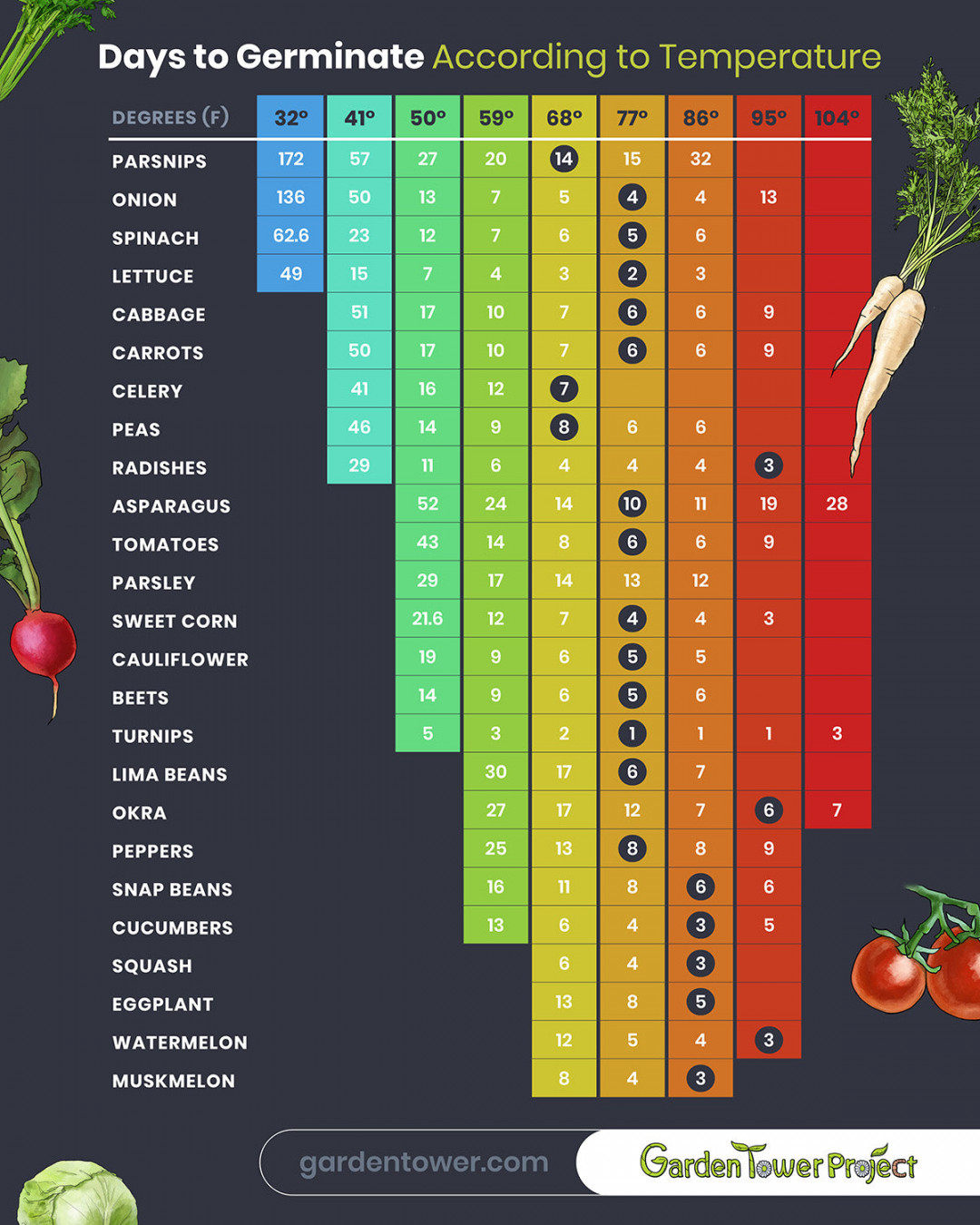Zone 8a Vegetable Planting Calendar
Plant hardiness zone map an important, but not tell-all tool for gardeners
Low temperature is a crucial factor in the survival of plants at specific locations, but it’s not the only thing for gardeners to keep in mind when selecting plants and locations for them to grow.

This winter, the U.S. Department of Agriculture released a new Plant Hardiness Zone Map , considered to be a national standard that gardeners can reference to know which plants are most likely to survive the coldest temperatures at a location. The newest map shows that many areas in the U.S. have been moved into a slightly warmer zone.
Approximately 80 million gardeners in the U.S. are the most frequent map users, according to the USDA, along with the USDA Risk Management Agency which uses the map in setting certain crop insurance standards. Scientists also incorporate the plant hardiness zones into research on exotic weeds and insects.

The USDA worked with Oregon State University’s PRISM Climate Group and the USDA’s Agricultural Research Service on the map.
Like the previous version of the plant hardiness map released in January 2012, the new map is based on PRISM data, which stands for Parameter-elevation Regressions on Independent Slopes Model. The PRISM computer model was developed by geospatial climatologist Chris Daly, a professor in the College of Engineering and the founding director of OSU’s PRISM Climate Group.
The potager at The Garden Lab on a foggy August morning. This no-till growing space utilizes crop rotation, living cover and minimal watering to produce a succession of food and flowers all season long.
Contributed / Kelly Rae Kirkpatrick
“Anytime you see a detailed map showing percentage of average or deviation from average, most likely PRISM normals are underlying that calculation,” Daly said.
The new plant hardiness map uses data from 13,412 weather stations, compared to the 7,983 that were used for the 2012 edition. The map is based on 30-year averages (1991 to 2020) for the lowest annual winter temperatures within specified locations. The 2012 edition was based on averages from 1976 to 2005.
“The addition of many new stations and more sophisticated mapping techniques using the latest PRISM technology led to a more accurate and detailed Plant Hardiness Zone Map but also produced localized changes that are not climate related,” said Daly in a press release following the Dec. 1 release of the new map.
The plant hardiness map is divided into a total of 13 zones with each zone representing a 10-degrees-Fahrenheit range of temperatures. Each zone is further divided into two half zones, with each of those representing a 5-degree range.
A closer look at the north central region of the United States hardiness map.
Courtesy / USDA
“Overall, the 2023 map is about 2.5 degrees warmer than the 2012 map across the conterminous United States,” Daly said. “This translated into about half of the country shifting to a warmer 5-degree half zone, and half remaining in the same half zone.”
The central plains and Midwest warmed the most and the southwestern U.S. warmed “very little,” said Daly.
Along with the release of the new map is a “Tips for Growers” feature that provides information about ARS programs for gardeners who grow and breed plants.
Longtime Olmsted County Extension Master Gardener Kelly Rae Kirkpatrick, who co-founded the Seed Library at the Rochester Public Library and hosts events at her urban garden, The Garden Lab , said she has been following the winter plant hardiness maps since 1989.
“The tool isn’t just valuable, it’s necessary,” Kirkpatrick said of the USDA maps, often used by beginning gardeners who base what they grow off of what zone they’re in.
But Kirkpatrick said the USDA hardiness map is just one indicator of a plant surviving, and it doesn’t tell gardeners whether a plant will thrive or not. For example, the maps don’t consider light exposure.
“Beginning gardeners may say, ‘Oh, this will grow in the shade great, I can put it on the north side of my house,’” she said. “The north side of your house, depending upon your soil substrate, may or may not mimic a woodland setting that a plant might naturally grow in.”
Olmsted County Extension Master Gardener Kelly Rae Kirkpatrick works in her garden known as The Garden Lab to build another wall to aid water retention.
Contributed / Kelly Rae Kirkpatrick
She said it’s important for gardeners to use the winter hardiness map along with other determining factors such as microclimate, sun exposure, wind exposure and moisture levels.
“All those factors help a plant to thrive, not just survive,” she said. “That’s a typical mistake that many gardeners make when they’re just starting out. They just look at a plant hardiness zone or they just look at the exposure.”
Microclimates — which are parts of a landscape or garden that are more favorable to winter plant survival — are not reflected in plant hardiness zone maps. Kirkpatrick said that microclimates are important for protecting against the harshest of winter winds and snow.
The city of Rochester has plenty of redbud trees, she said, many of which were a Minnesota strain developed to be able to survive through tough winters. Still, Kirkpatrick planted hers in a microclimate.
“I purposefully planted (the redbud tree) on the southeast corner of my house, because one, I knew it wouldn’t be exposed to those really desiccating and chilling northwest winds that we have in the wintertime,” Kirkpatrick said. “I knew that it would catch the morning sun to help it warm up, and then as the sun traveled across the sky to the west, on that southeast corner of my house, it would still have that afternoon sunlight, and just a little bit of extra warmth.”
When she planted the zone-4 plant back in 2004, Kirkpatrick said she had to take precautions to make sure it could stretch through the worst of winter conditions.
“My stucco house with a medium color is going to absorb the heat of the day, and I’m sheltering that plant from northwest winds, therefore giving it an edge,” she said. “And today it is one of the largest redbud trees in the city of Rochester, actually.”
The same type of tree in the same neighborhood as Kirkpatrick that was located in the front of a house on an avenue did not fare the same, because she said it was exposed to northwest winds.
“So that’s why microclimates are really critical,” she said.
Noah Fish is a multimedia journalist who creates print, online and TV content for Agweek. He covers a wide range of farmers and agribusinesses throughout Minnesota and surrounding states. He can be reached at [email protected]
He reports out of Rochester, MN, where he lives with his wife, Kara, and their polite cat, Zena. He grew up in La Crosse, WI., and enjoys the talent from his home state like the 13-time World Champion Green Bay Packers and Grammy award-winning musicians Justin Vernon and Al Jarreau.